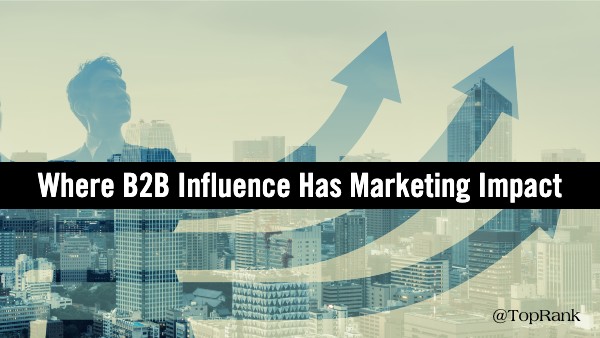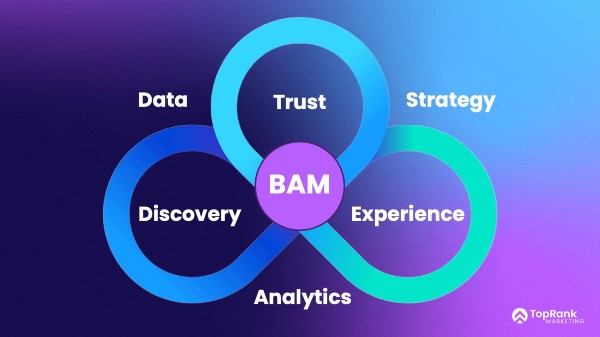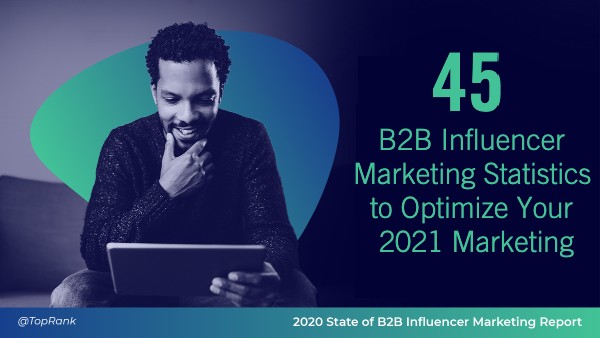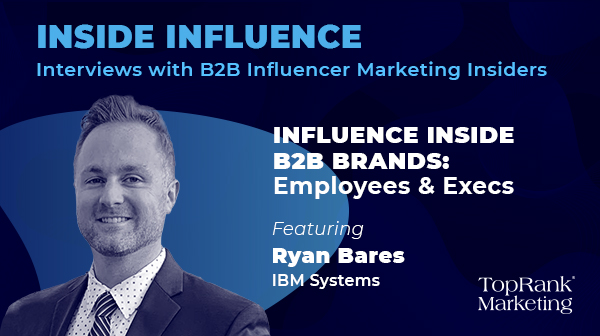How to Activate Employee Advocates and Executives as a B2B Influence Engine
By Lee Odden
As B2B marketers dealing with all new levels of uncertainty and expectation, we’re in a constant battle for trust and attention with the audiences we want to engage. So more than ever, B2B brands are investing in building relationships with industry experts and creators. as shown in our own research which found 85% of B2B marketers including influencer marketing in their mix.
But what if I told you that one of your most powerful, authentic, and scalable influence engines is already on your payroll?
I’m talking about your employees.
From internal subject matter experts to executives, most B2B brands are sitting on a goldmine of influence.
While partnerships with industry thought leaders and influencers are a cornerstone of an effective B2B marketing strategy, the thoughtful activation of employees as brand advocates is too often discounted or overlooked. Smart B2B marketers are strategic about looking outside for industry credibility while also looking inside to transform their workforce and leadership into a highly credible marketing channel that can drive results across the customer lifecycle.
The business case for building B2B influence from within
If you need to convince the leadership (or even yourself) at your B2B company to invest in a formal employee advocacy and executive influence program, we’ve already done the research and implemented such programs for B2B clients. The benefits of authentic internal advocacy can extend across brand, demand and even revenue generation, making it an incredibly impactful initiative.
Trust and Engagement: In the B2B world, trust is a currency that is only increasing in value and marketers are definitely on board. Research from LinkedIn found 93.7% of marketers agree that building trust is the most important factor for achieving success as a B2B brand. And according to research from Forrester, over 90% of survey respondents say that buyers trust peers in their industry. This trust translates directly into engagement.
Further research from LinkedIn found that while only 3% of employees share content about their company, those shares are responsible for driving a 30% increase in the total engagement a company sees. When an employee shares a piece of B2B brand thought leadership, their network sees it as a credible insight from a knowledgeable peer, not an ad to be ignored. This kind of authentic context is critical for cutting through information overload – especially in an age of AI.
Cost-Effective Reach: Research from DSMN8 reports that 52% of companies surveyed say that brand awareness is the biggest benefit of employee advocacy and that 23% of companies engaged in employee advocacy programs are generating a cost-per-click of under $1 from employee shares. A program that builds employee advocacy and executive influence can provide a platform for substantial organic reach at a fraction of the cost of paid media.
Consider a mid-sized company with 200 employees. If each employee has an average of 500 connections on LinkedIn, the company’s potential collective reach is 100,000 individuals. That’s a network that probably surpasses the follower count of the official …read more
Source:: Top Rank Blog









